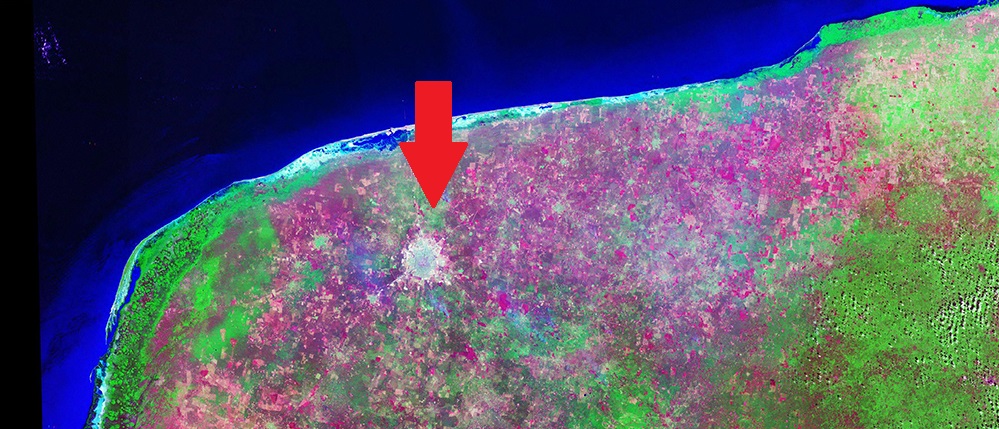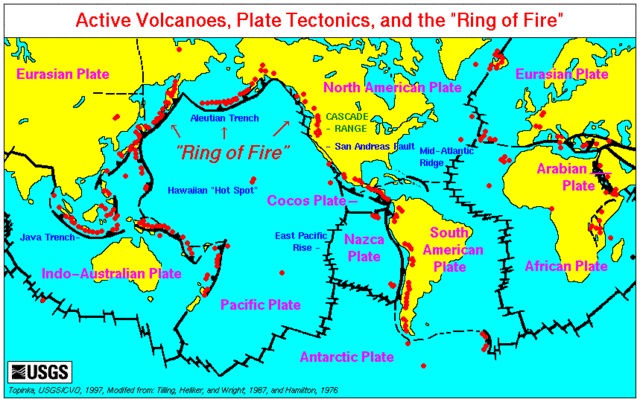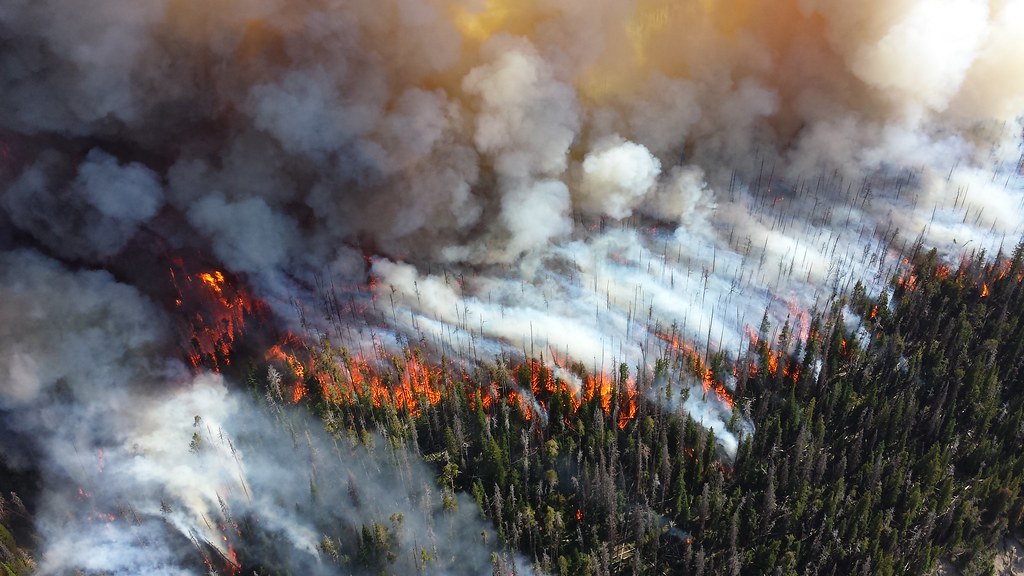Supernovas is an extinction level event which could end the world in a blink of an eye. This is a colour composite image taken by NASA's Hubble Space Telescope of a supernova remnant in the Crab Nebula. The explosion was observed and recorded by Chinese and Japanese astronomers in 1054. Image courtesy of the European Southern Observatory.
The idea that all life on the planet can suddenly end tomorrow might sound preposterous to most – and rightly so. After all, we’re not living in the Marvel Cinematic Universe, and it’s not like the mad titan Thanos is real and could disintegrate all life simply by putting on the Infinity Gauntlet and snapping his fingers.
However, would it surprise you to learn that statistically, an average person is five times as likely to die from an extinction-level event (ELE) compared to a car crash? In addition, would it shock you to hear that more than two dozen ELEs have occurred on earth during the past few billion years? Some of the causes include a supernova of a star from the Scorpius-Centaurus cluster about two million years ago (Pliocene–Pleistocene extinction), a gamma-ray burst from deep space approximately 443.8 million years ago (Ordovician mass extinction) and the depletion of oxygen in oceans about 542 million years ago (End-Ediacaran extinction).
To be fair, these occurrences were spread across extraordinarily long periods of stability and calm. For perspective, modern humans have only been existence for about 200,000 years, which is just a fraction of earth’s 4.5 billion years of existence.
And yet, you might be curious by now about the types of ELEs that might impact your plans this weekend.
1. Crashing asteroids
Asteroids are no stranger to us, since they crash quite regularly into the earth. The majority of asteroids though burn themselves in the atmosphere, while the few that land on the ground typically end up in museums and universities. Every once in a long while though, asteroids of monstrous sizes do fall on earth, and they will inevitably result in massive planetary upheavals.
The last significant asteroid to smash into the planet was the Chicxulub Impactor about 66 million years ago, an event which scientists termed the Cretaceous-Tertiary extinction. With an estimated diameter of up to 53 miles, the asteroid had the stored energy equivalent of up to 900 billion atomic bombs used to decimate Hiroshima during World War II. The impact resulted in massive explosions, hundred-metre tsunamis, raging fires (even rocks melted), and cyclones. The resulting dust and smoke rose into the upper atmosphere and eventually blocked sunlight from coming through.
The Chicxulub Impactor crash effectively led to the extinction of dinosaurs, as well as three quarters of all animal and plant life on earth. The site of the impact, the Chicxulub crater, is buried underneath the Yucatan Peninsula in Mexico.
Despite what we’ve been led to believe in movies, humans currently have no effective countermeasures or collision avoidance strategies against any large asteroids approaching earth, even if we had years of notice.

2. Volcanism
The land which we walk, run, and live on are actually relatively thin layers of solidified landmass called crusts, which technically floats above an inner liquid core. We are introduced to the inner core occasionally when volcanoes erupt and spew hot magma. These eruptions are typically caused by plate tectonic motions, which have sculpted the surface of the world as we now know.
The plate tectonic motions are caused by a variety of factors, such as thermal convection currents, gravitational changes involving molten minerals, chemicals and gasses, and fluctuations of the sun’s magnetic field.
Once in a while though, these factors combine to produce massive movements which trigger explosive eruptions of lava, gas and even water. Aside from the obvious devastation caused by fiery magmas and inflammable gas, volcanism will set up a chain of earthquakes and flood basalts.
If that’s not bad enough, depending on the spread of the event, the ash and gas discharged during the eruptions will block sunlight and cause a volcanic winter. Heat on the surface of the planet will drop to below freezing levels, oxygen will be depleted as plants are no longer able to perform photosynthesis, and the world will be in perpetual near-darkness for a period of time. As energy runs out, so will the majority of living creatures.
Volcanism played a notable role in the Permian-Triassic extinction event which caused the extinction of up to 96% of all marine species and up to 70% of terrestrial species.

Global map illustrating known tectonic plate boundaries and volcanic fault lines which would be most vulnerable from volcanism. Image courtesy of Wikimedia Commons
3. Climate change
As noted above, the Permian-Triassic extinction event 252 million years ago nearly decimated all lifeforms on earth, making it one of the deadliest ELEs in history. There were several factors which contributed to the ELE, dubbed ominously as the Great Dying. Cumulatively, however, these factors caused dramatic climate changes which eventually culminated with a 10◦ Celsius (20◦ Fahrenheit) rise in ocean surface temperatures in the tropical region.
A ten degrees spike isn’t so bad, right? Britons regularly experienced higher temperature jumps during the summer months. Are the climate change deniers right then, in that, global warming is a hoax despite an almost universal consensus from the global scientific community?
No, climate change deniers and the fossil fuel companies which fund them are still very wrong, on all counts.
A permanent 10-degree increase on a scale that large is cataclysmic. Heck, projections show that a ‘mere’ 6◦ Celsius increase could end life as we know it – cities will be drowned with water from the melting ice caps, marine life will face an immediate extinction, extended heat waves will create deserts in population centres and agricultural land, forests will be engulfed in firestorms, and the air we breathe will be heavily polluted with methane from the ocean floor.

During the Permian-Triassic extinction, the domino effect from global warming was less sophisticated, but equally deadly. The increased temperature sped up the metabolism rate of marine animals, which increased their oxygen requirement. However, the warmer waters held a lower amount of oxygen. Consequently, marine life began to suffocate and die off. On land, the temperature increase caused flooding, heatwave and wildfires, while volcanism accelerated the release of greenhouse gases into the atmosphere. Not only did these changes spark a chain reaction, but they also propagated and worsened existing climate instabilities.
Make no mistake – climate change is an ELE, and humans are in midst of going extinct. We are already witnessing radical changes in weather patterns, water supply, temperature and much more. One of these changes could very well affect you tomorrow.
For instance, the August 2003 European heatwave directly caused the deaths of 2043 people in the United Kingdom. Scientists predict that this kind of deadly heatwaves would be a common occurrence by the 2040s, and temperatures could skyrocket to of 48◦ Celsius (118◦ Fahrenheit). But such is the nature of climate, that a single unstable element will trigger other failures in the ecosystem. Heatwaves will lead to droughts, disrupted water cycle, the emergence of diseases, invasion of non-native animal species and much more.


